It's been a month since the first day of 2013. We woke up that fine morning to decide what inspired us and what moved us to make changes in our lives.
We made resolutions at the beginning of the new year. We resolved to change habits, diets, exercise more, eat less, drink less, wake up early, be more productive... all actions that sound like ground-breaking feats but rarely are. Somehow, after a month of the inspired vision for 2013, we find ourselves fighting. What begins as a stubborn streak of excuses slowly changes to indignation until the inevitable happens: The resolution is forgotten on the wayside.
Why does our own mind fight against our own intuition and well-meaning love for ourselves?
The answer lies in that one word, "fight." We outwardly made changes without being clear about the outcome we sought. Some may say "OK, what can be more clear about losing 20 pounds of excess fat by eating healthy and exercising more?" However, inwardly, we left a vital point unaddressed. Who was making the resolution? Why was it so conditional? How did the date of Jan. 1 magically appear to push us into unfamiliar territory?
Think about it. Did we clarify with ourselves how many minutes, hours, calories, faith it was going to take? Did the resolutions strike well with our goals for the next year, the next three or the next five years? Did we have a fantasy about more perceived pleasure than pain?
Now try this exercise. Write down what is highest in your values today. What inspires you, moves you or challenges you these days? Link the resolution to the highest value you discover you have. Find the benefits of sticking to that resolution, find the drawbacks of not sticking to it. Finally, list the excuses for not sticking to the resolution and see where the excuses are playing a part in aligning you to an unrealistic fantasy. A simple example of this would be to consider a resolution to lose weight by eating less and exercising more. Link this with how it will make you look better, feel good about yourself, leading to possibly working more, getting better at the job/business, making more money in the process, leading to better relationships with family and friends, and so on. The one thing to remember is that there won't be more positives than negatives in the new form. Figure out the negatives or drawbacks of this new form and see how they also relate to your goals and vision for yourself. It all began with eating less, exercising more, except, this time with a different perception that sees both sides of the equation at once.
Make a point to celebrate your achievements as well. You put yourself in the dumps for making excuses, now try seeing how you have stuck to things and finished them in the past.
You have completed things as much as left things unfinished. There have been both completed and incomplete tasks in the past. You have had equal pain and pleasure, equal number of challenges and support. Calling something a resolution does not make it the parameter of how much resolve you have. The resolve behind the resolution is tempered by your own fears and guilt. Change your perceptions, see the benefits and drawbacks of your illusions and lay down those fears and guilt to rest. It is a movement toward unconditional self-love.
For more by Dana Tilak, click here.
For more on emotional wellness, click here.